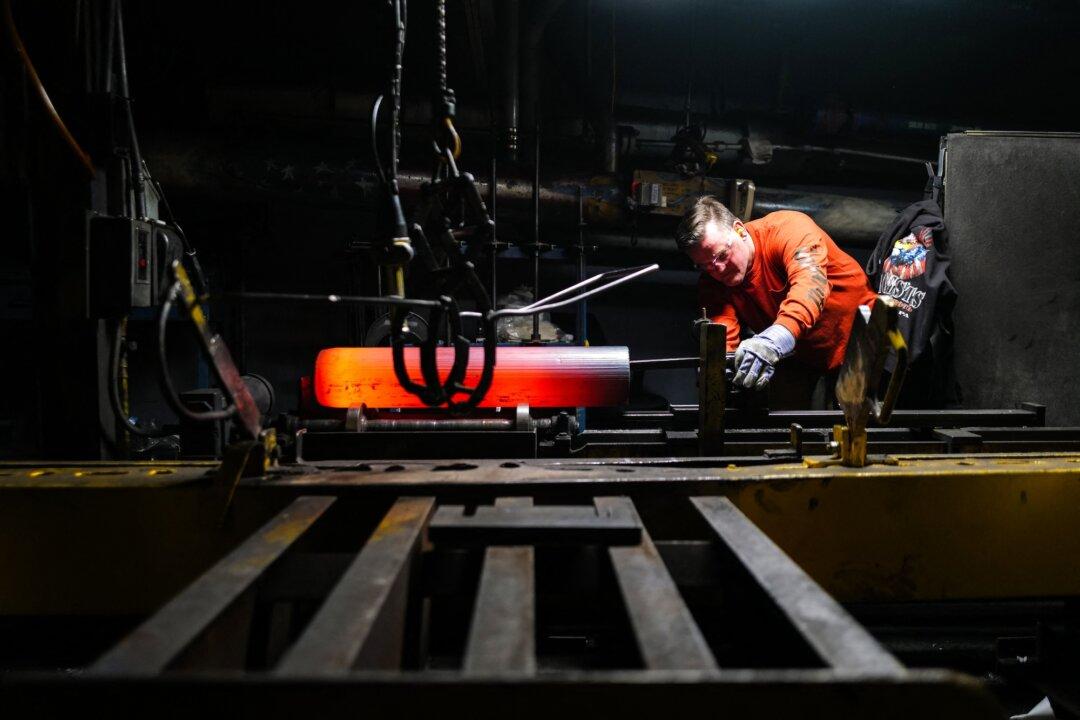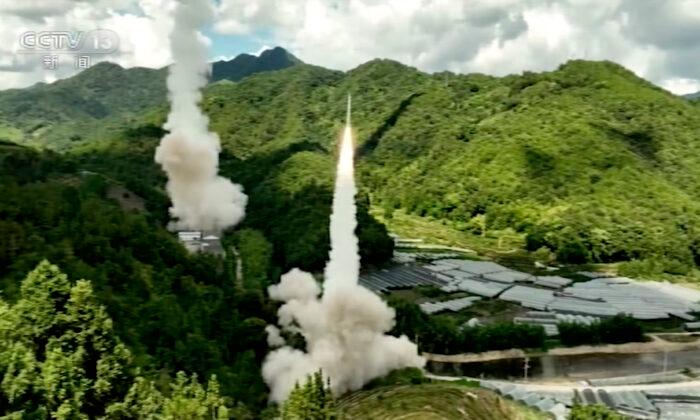In a Nov. 16, 2020, article for The New York Times, Ana Swanson used numerous interviews with unidentified sources who are advising President Joe Biden to sum up his “smarter approach” to China:
“He [Biden] and his advisers view many of Mr. Trump’s measures, which were aimed at severing ties between the Chinese and American economies, as clumsy, costly and unstrategic. They say they want to take a smarter approach that combines working with the Chinese on some issues like global warming and the pandemic, while competing with them on technological leadership and confronting them on other issues like military expansionism ...”
More specifically, some Democratic Asia experts have called out former Secretary of State Mike Pompeo for lifting on Jan. 15 the U.S. State Department’s onerous “Contact Guidelines,” which for decades stigmatized officials from democratic Taiwan, as just the kind of “clumsy,” even dangerous, provoking of China they believe Biden will avoid. For example, Center for Strategic and International Studies (CSIS) China expert Bonnie Glaser was cited in a Jan. 24 Foreign Policy web magazine article saying:
“My guess is the Biden administration just decides to go back to the practice of being less public. And that is because there is no perceived need to use Taiwan as a weapon against China—that’s harmful to Taiwan’s interests. ... I think that using Taiwan as a card or weapon to poke Beijing in the eye ... that practice will disappear.”
However, the Chinese Communist Party (CCP) dictatorship has wasted no time demonstrating to the Biden administration that it’s quite willing to use its expanding military power to turn Taiwan into a “weapon” against U.S. interests. Furthermore, by doing so, it won’t allow Biden to “compartmentalize” economic, or even COVID-19-related issues separately from the CCP’s most important goal of conquering democratic Taiwan, en route to achieving global hegemony.
Starting three days after Biden took office, over the two days of Jan. 23 and 24, the CCP’s People’s Liberation Army Air Force (PLAAF) sent 29 bomber, fighter, and surveillance aircraft into the Taiwan Strait, violating Taiwan’s southwestern air defense identification zone (ADIZ).
On Jan. 23, the PLAAF dispatched eight H-6K bombers into the Taiwan Strait, while the two-day total for fighter aircraft was 16: six J-10s, eight twin-seat J-16s, and two Su-30MKKs. In addition, five surveillance aircraft were deployed over the two days, including three Y-8Q anti-submarine warfare (ASW), one Y-8 electronic surveillance, and one KJ500 airborne warning and control system (AWACS) aircraft.

These deployments are part of a nearly two-month intensified PLA political warfare/military intimidation campaign of almost daily PLAAF aerial incursions into the Taiwan ADIZ.
It’s likely that for Jan. 23 and 24, the PLAAF was deploying smaller formations that would be part of a larger aerial blockade campaign. The eight H-6K bombers could carry at least 32 YJ-12 400-kilometer (about 249 miles) range air-launched supersonic anti-ship missiles. Sink one ship or shoot down one civilian airliner, and increases in insurance premium would quickly shut down civilian sea and air transport to Taiwan. Large air battles would ensue between PLAAF and Taiwan Air Force aircraft. There is a great chance that U.S. Navy or Air Force combat aircraft would join such battles.
In the decades that followed the diplomatic de-recognition of Taiwan in 1979, Democratic and Republican administrations have been careful to convey to Beijing on multiple levels that a Chinese attack against Taiwan could result in direct U.S. military support for the island democracy, an implication also stated in the 1979 Taiwan Relations Act.
In March 1995, the Clinton administration signaled its willingness to support Taiwan when it sent two U.S. Navy aircraft carriers in response to Chinese military exercises intended to intimidate Taiwanese voters on the eve of elections. American military naval and air signaling has become more intense over the past five years as the Chinese regime has embarked on a campaign of increasing military intimidation of the island.
To its credit, on Jan. 23, the Biden administration allowed the U.S. Navy to send the aircraft carrier USS Theodore Roosevelt and an escorting destroyer into the Taiwan Strait region, between Taiwan and the Philippines, close to the area where the PLAAF is flying most of its recent sorties to intimidate Taiwan.
Also, on Jan. 23, the U.S. State Department called on China to “cease its military, diplomatic, and economic pressure against Taiwan and instead engage in meaningful dialogue with Taiwan’s democratically elected representatives.”
It further noted: “We will continue to assist Taiwan in maintaining a sufficient self-defense capability. Our commitment to Taiwan is rock-solid and contributes to the maintenance of peace and stability across the Taiwan Strait and within the region.”
In fact, it’s fair to say that there has been a low-boil U.S.-China “war” on the Taiwan Strait for most of this decade, with ever-increasing PLA weapons upgrades, exercises, and now, military constriction-intimidation of Taiwan, receiving U.S. responses in the form of increasing deployments of surveillance aircraft, bombers, and naval formations into the region around Taiwan and into the South China Sea. It’s now a daily feature of the Western Pacific, but you will just not see it covered on CNN.
It’s the Chinese regime, however, that has increased the boil since its late 2015 PLA reorganization that intended to facilitate surprise military operations. Its concentration on new more effective Joint Force strategies and operations, which have been validated with increased exercises, is also designed to pressure the self-ruled Taiwan into surrendering its freedom to the CCP. Should CCP “leader-for-life” Xi Jinping in the next year to five years decide that the PLA can win a war over Taiwan, that it’s when it might start.
So, when U.S. forces in Asia are in a constant state of “high alert,” when the balance of power on the Taiwan Strait is dynamic and could quickly become dangerous, is that the time to make U.S. support for Taiwan “less public?” Should Xi actually come to believe he can win a Taiwan war, might his perception of diminished U.S. support for Taiwan assist his final decision to start a war?
The Chinese regime’s potential to kill millions in Taiwan in the course of an invasion surely overwhelms any consideration of embarrassment, or reluctance “to poke Beijing in the eye.” It would be much preferred to prevent war on the Taiwan Strait by building on the Trump administration’s record of increased military arms sales and public political support for Taiwan.
There should be consideration of selling Taiwan new SM-6 anti-aircraft missile which, when fired ballistically with airborne sensor support, could intercept PLAAF aircraft to nearly 1,000 kilometers (about 621 miles). Washington should also consider “Lend-Lease” style payment arrangements to build a weapons and spare parts “stockpile” on Taiwan to better sustain defense operations through a PLA blockade.
It would be better to exploit the end of the Contact Guidelines for Taiwan by establishing a vigorous “virtual” training regime between the U.S. and Taiwan military forces. This should be backed by appropriate but constant contact between military leaders and planners.





